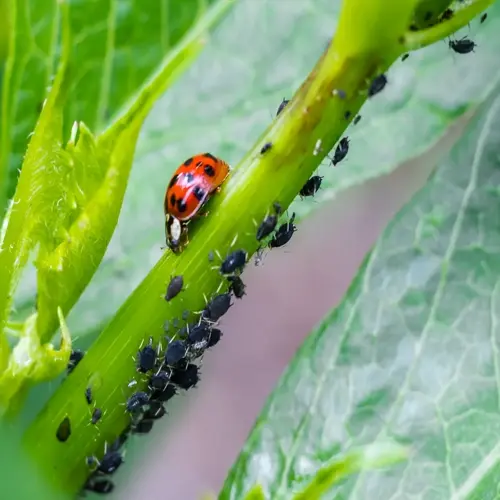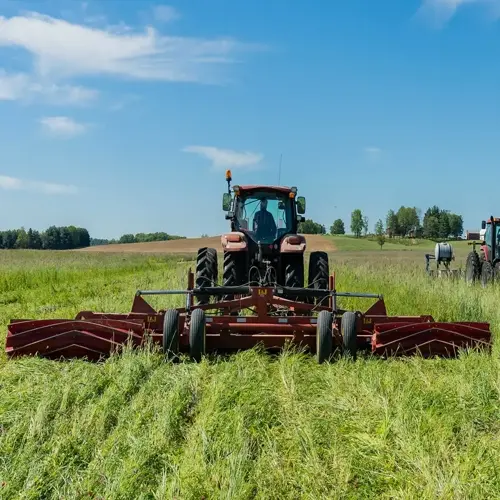How much can I safely prune from mature trees?

Written by
Nguyen Minh
Reviewed by
Prof. Samuel Fitzgerald, Ph.D.When pruning mature trees, some limits must be observed to prevent shock and decline. Do not cut more than 30% of the canopy in any one season. This will allow trees to avoid entering survival mode and will cause them to produce foliage, rather than diverting their energy into fruit production. I measure the volume of the canopy before I start cutting, with the growth of the previous year being my gauge.
Year 1: Safety Pruning
- Focus: Remove dead, damaged, and diseased wood
- Limit: 15% canopy removal maximum
- Tools: Pole saws for high branches, hand pruners for small limbs
- Goal: Eliminate hazards without stressing tree
Year 2: Canopy Thinning
- Focus: Open upper canopy for light penetration
- Limit: 20% removal concentrating on crowded branches
- Technique: Selective thinning cuts above 8 feet
- Goal: Improve air circulation and fruiting wood exposure
Year 3: Height Reduction
- Focus: Lower tree height for easier harvest
- Limit: 25% removal using heading cuts
- Caution: Never top trees - cut back to lateral branches
- Goal: Maintain tree at 12-15 feet maximum height
Regulating cut diameters is essential to preventing structural weaknesses. Never prune back branches greater than 4 inches in diameter in one operation, as large wounds have a difficult time compartmentalizing and can provide entry for decay organisms. I use the 3-cut procedure on large limbs. Undercut first. Then, top cutting is finished with a precise cut on the collar.
Before performing tree pruning, evaluate the crown volume in all areas of the crown from a distance and mentally divide the tree into quadrants, estimating density in each of these quadrants. Do not remove more than eight percent from any one quadrant of the crown in one season. Space is cut evenly across each quadrant, avoiding concentration in any one place, as this would produce an imbalance.
Periods of Recovery differ among species following hard pruning. Stone fruits take two years of full growth before the fruiting wood is reestablished. Pome fruits usually recover in one season. Over-pruning causes citrus trees to suffer from leaf drop, necessitating increased watering and delayed fertilization.
Neglected trees require patience. A 20-year-old apple tree that I successfully rehabilitated over three years. In the first year, I removed the dead wood. In the second year, I opened the channels through which the sunlight could come. In the third year, I reduced the tree so that it was low enough for me to reach. It took me four years, replacing the entire tree, before it yielded fruit.
Read the full article: Fruit Tree Pruning Guide: When and How to Prune

